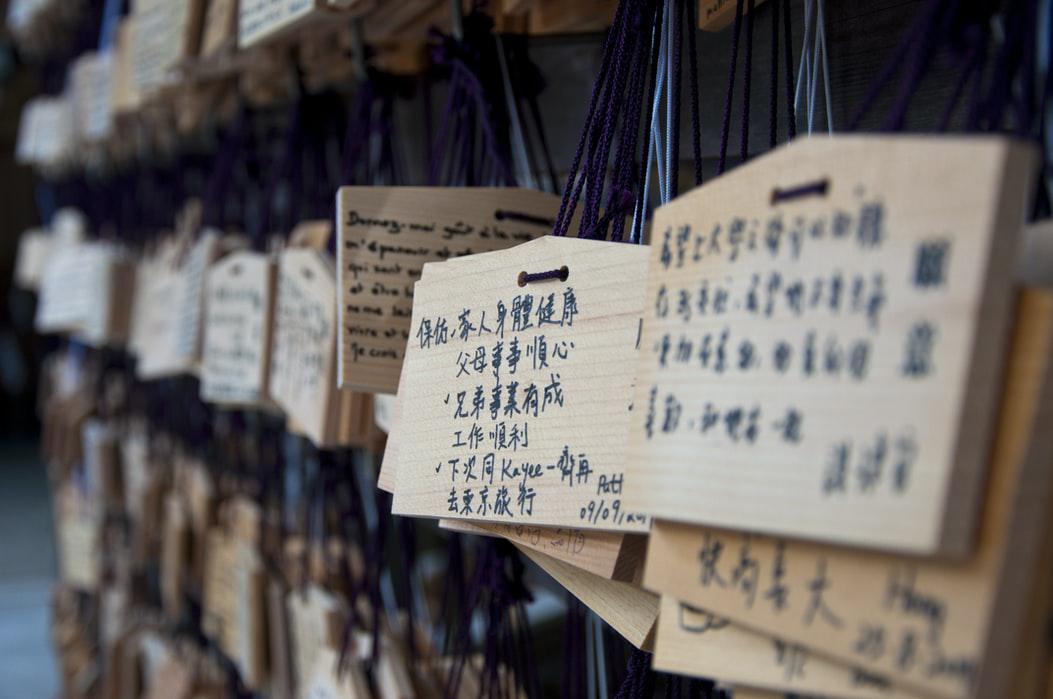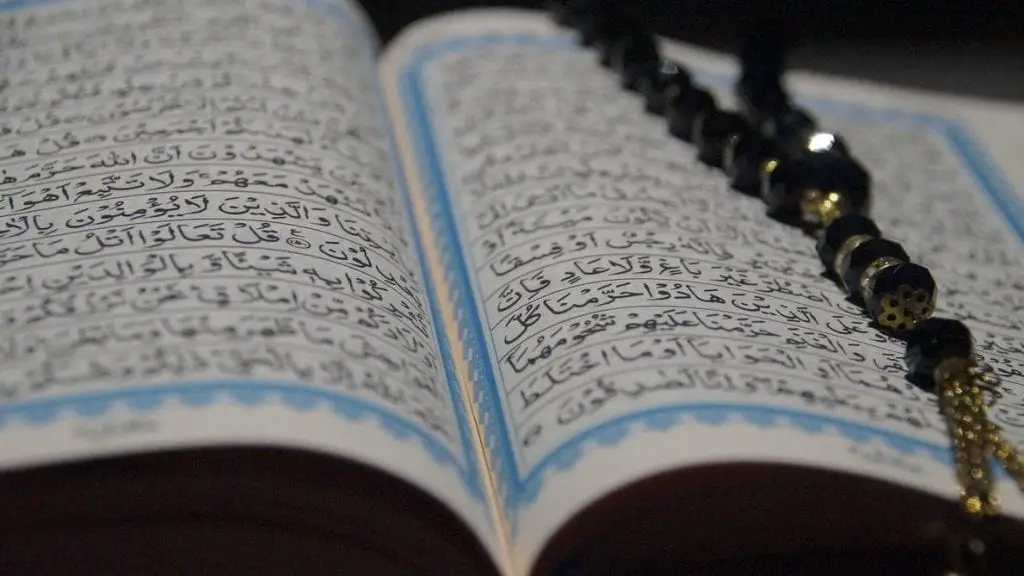
The artistic trait in a person can come out in any form. Music, dance, painting, singing, and writing are some of the art forms that an individual uses to express himself. Among the art forms, writing has been one of the neglected art forms. Writing doesn’t necessarily mean writing stories, poems, or plays. It could very well be artistically writing alphabets and words so that it holds the eyes, mind, and heart of the reader for a longer duration. There is a dedicated branch for artistic writing called Calligraphy. It is defined as:
‘Calligraphy is a visual art form where signs, alphabets, and words are written skillfully so that the signs or words look artistic, attractive, harmonious, and expressive.’
Though the roots of calligraphy are still unknown, you can find traces of its presence all over the world. Every language that could be written used calligraphy in one way or the other to beautify the alphabets and words. Initially, it was used to write official letters in the palaces, courts, and as a tool to communicate between vassals and kingdoms. Later, sculptors and architects started to use it to write words and signs on buildings, tombs, and worshiping places. From then on, calligraphy has taken many forms to evolve and attract people around the world.
All the major languages in the world used calligraphy but a few languages used the art form extensively. Arabic and Japanese were the two major languages that had mastered the art of calligraphy and experimented with it. The only other language that gave tough competition to these languages was Chinese.
Today, due to the digital revolution, calligraphy has lost its core sheen and is confined to the walls of a computer. Let us try to learn some basics of Arabic and Japanese calligraphy.
Arabic Calligraphy
You could very well say that the Islamic world was at the forefront of the evolution of calligraphy. In the beginning, it was confined to the palaces and official works. As the Islamic kings and emperors started to conquer lands across the world, they tried to leave their legacy in the form of calligraphy. Today, you can see the remnants of calligraphy on Islamic architecture in Asia and some parts of Europe.
Arabic calligraphy mainly involves artistically writing Arabic alphabets. The alphabets in the Arabic language are known as Khatt, meaning construction, design, or line. There is more than one style to write Arabic script but Kufic is the oldest and most widely used script. The calligraphic form of the script has been widely used in Arabic civilization in education, architecture, religion, craftsmanship, and art.
Most of the Islamic countries used Arabic script in their calligraphy. Due to this reason, it is called Islamic calligraphy. Arabic calligraphy, which is not an Islamic calligraphy style, is unique and different. People thought Arabic calligraphy as Islamic calligraphy but in reality, they both are different. If you see them closely, the style, strokes, and appearance of the letters written in Islamic calligraphy differ from Arabic calligraphy.
Tools Used in Arabic Calligraphy
The main tool used in any calligraphy is the pen. Different languages use different pens to write or design alphabets or signs in their calligraphy. Arabic calligraphy uses more than one pen to design and illustrate the words and alphabets in the Arabic language. These pens are made from wood, weed, shrubs, feathers, etc. Let us look at some pens used in Arabic calligraphy. The Arabic name for the pen used in Islamic and Arabic calligraphy is Qalam. Let us look at some pens used in Arabic calligraphy.
· Bamboo Pen – As the name suggests, bamboo pens are made from bamboos. The bark of bamboo can be easily chiseled to form a pointed or blunt shape. Since dried bamboo is lighter in weight, it facilitates a firm grip and smooth movement. Bamboo pens are considered to be the oldest pens used in Arabic calligraphy.
· Khamish Pen – This pen is made from a reed grown along the rivers. Khamish pen was popular among Arabic, Iranian, and Turkish calligraphers due to its flexibility and maneuverability. After the bamboo pen, Khamish pen was the widely used pen and it is said to have a history of 500 years. Though the calligraphers find usage of Khamish pen easy, manufacturing it is a tedious process.
· Celi Pen – Celi pen is made from cutting and drilling hardwood available in the deserts. It is used to writing large alphabets and words.
· Java Pen – This is also another pen made from hardwood. It is one of the hardest pens used by Arabic calligraphers. The hardness of the pen allows the calligraphers to write small alphabets without making any errors.
· Handam Pen – This pen has similar properties of Java pen but can be used to write all kinds of scripts.
Arabic Scripts
Arabic calligraphers use different scripts in their Arabic calligraphy. The Arabic calligraphy, which is not an Islamic calligraphy style, provides 28 alphabets to work with. These alphabets are considered to be widely used in the world, especially in Islamic countries. Let us briefly see the main Arabic scripts used in the world.
· Kufic and Naksh – These are the most popular scripts used for Arabic calligraphy in the world. Kufic script originated from Iraq and it was mainly used to carve letters of metal and stones. The
birthplace of Naksh script is Mecca and Medina. It is used to write cursive and artistic writing on paper.
· Thuluth – Thuluth is one of the oldest scripts that still exists in the world. Due to its divine appearance, the script was used to write Quranic texts on mosques and books.
· Nasta’liq – This script is more Persian than Arabic due to its upward and pointed appearance. It is known for its elegant and cursive look.
· Diwani – This script was created during the Ottoman Empire’s period. It is considered the most difficult script to read since the alphabets form continuity by clinging to each other.
Japanese Calligraphy
Japanese calligraphy, which is not an Islamic style calligraphy, is hugely influenced by Chinese calligraphy and style. The first known calligrapher, Wang Xizhi, was a Chinese calligrapher who lived in the 4th century. It was only when distinctive writing systems known as Katakana and Hiragana evolved in Japan, Japanese calligraphers started to emerge. The calligraphy is called Shodo or Shuji in the Japanese language, which is also derived from the Chinese language.
The Chinese introduced calligraphy to Japan in 600 AD. In the beginning, the Japanese calligraphy was made popular through Karayo tradition.
The Medicine Buddha statue, situated in the Horyu-Ji temple in Japan, consists of the oldest Japanese calligraphy. The calligraphy could be seen on the halo of the large Buddha painting.

Scripts Used in Japanese Calligraphy
The scripts used in Japanese calligraphy are borrowed from China. The similarity between Japanese and Chinese calligraphy could be seen just by observing both styles. Below are some of the scripts used in Japanese calligraphy.
· Regular Script – Know as Kaisho in Japanese, the regular script uses block letters to form scripts. The appearance of these block letters is similar to Roman block capitals. The regular script or Kaisho is heavily influenced by Chinese Kaisho and appears similar in both style and form.
· Clerical Script – Clerical Script or know by its Japanese name Reisho, is a commanding and bold style of calligraphy. It is also borrowed from the Chinese and was popular during the Han Dynasty.
The script could be recognized by its exaggerated strokes in the beginning and end.
· Seal Script – Seal Script or Tensho was at its peak during Qin and Zhou dynasty. But fell out of the competition once both the dynasties faded. It was still preferred to write titles or inscriptions on publications, road signs, and imperial announcements.
· Cursive Script – Sosho or Cursive Script was originated during the Han Dynasty. Official clerks of the king’s courts used the script to take notes from the king and ministers. It was a cursive version of Reisho and bamboo and other wooden stripes were used to inscribe it.
· Semi-Cursive Script – The Semi-Cursive Script is known by its Japanese name Gyosho. It is the cursive version of the Kaisho script. The script consists of round and cursive letters and signs.
Tools Used in Japanese Calligraphy
Japanese Calligraphy, which is not an Islamic style of calligraphy, uses more than one tool in its formation. The four basic tools used in writing or designing Japanese calligraphy are called Four Treasures of the Study. These are described below.
· Brush – The Brush or Fude is made from the hair of pig, goat, buffalo, rabbit, or wolf. It is used to form the strokes of calligraphy.
· Inkstick – The Inkstick or Sumi is made from soot and animal glue. It is the main ingredient that produces ink when ground against inkstone.
· Inkstone – The Inkstone or Suzuri is made from the mortar. It is used in combination with Inkstick to produce ink.
· Mulberry Paper – Mulberry paper or Washi is made from mulberry or Gampi tree.
Other tools include a paperweight to hold the paper, a cloth to soak the ink and a seal to mark the calligraphy.